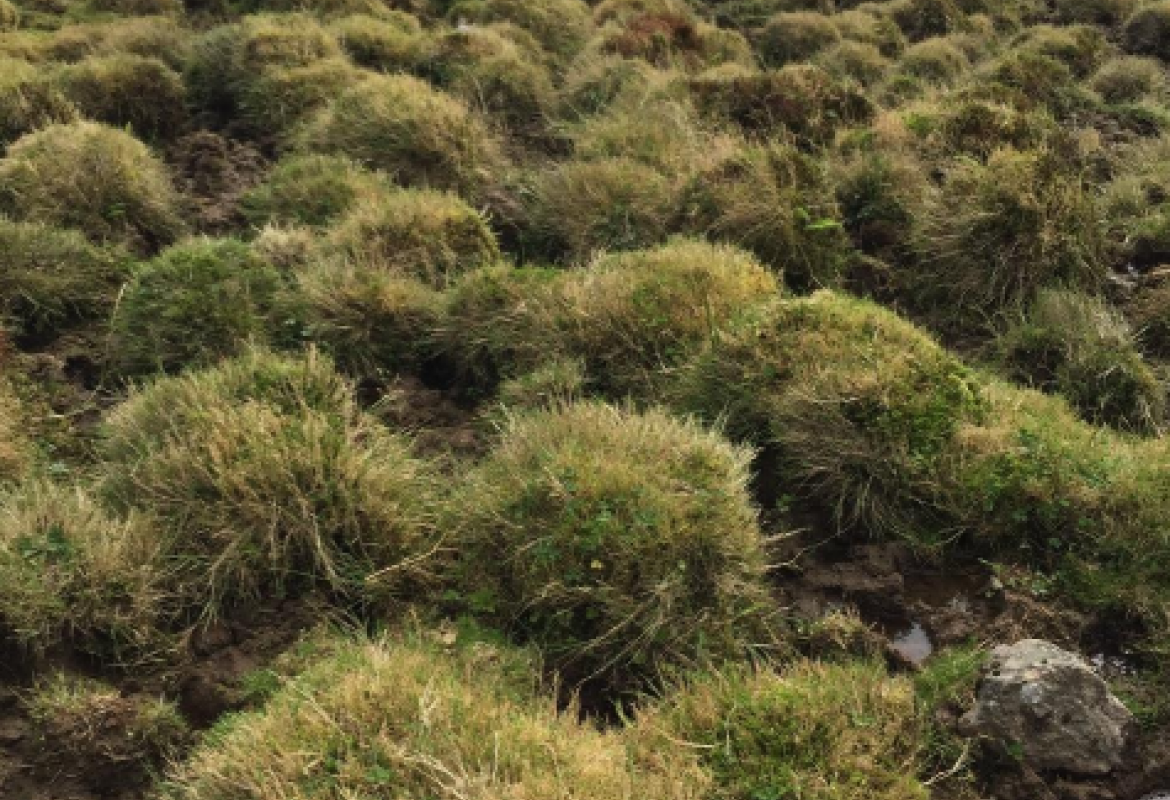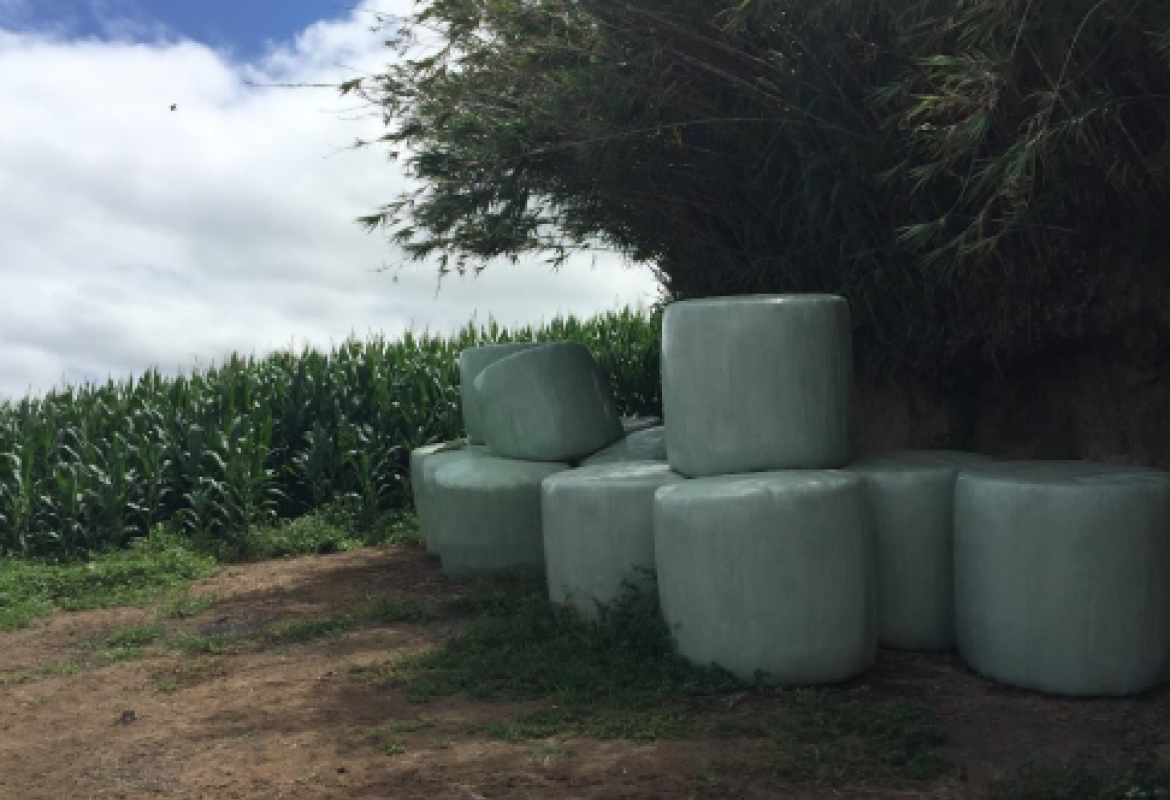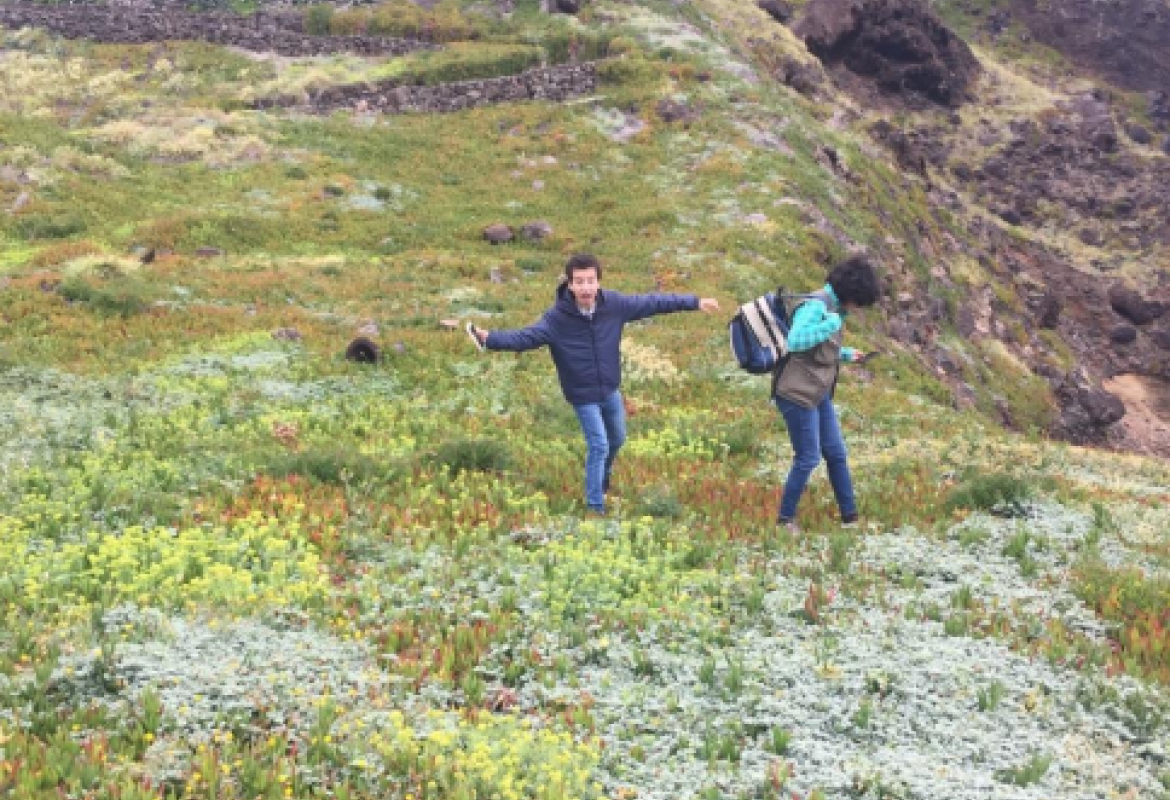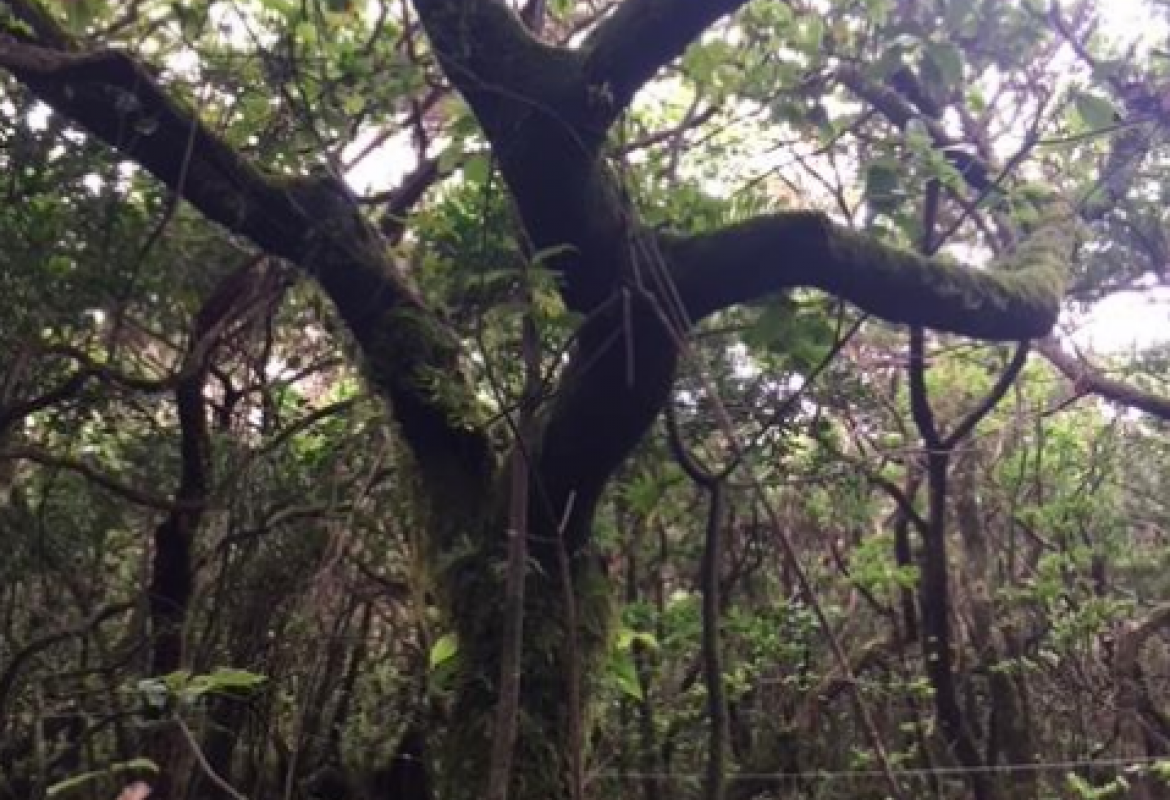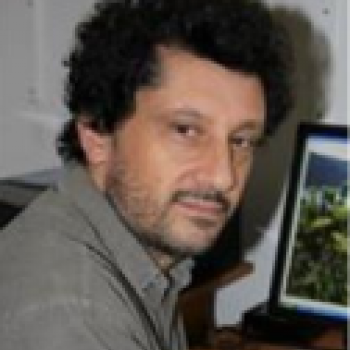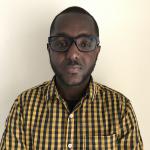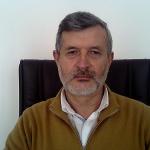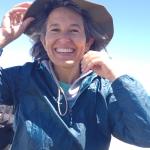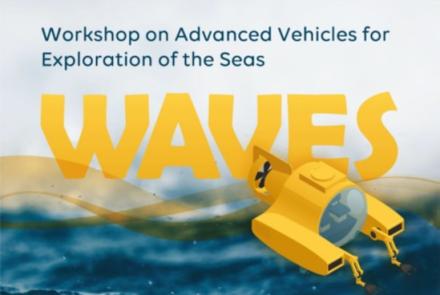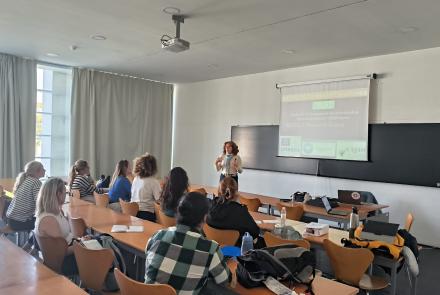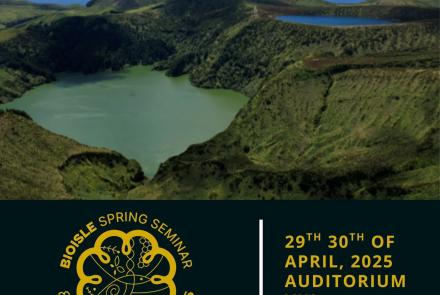MODELANDIS - Modelling and Land Management on Island Systems
Globally, and particularly on islands, anthropogenic activities have led to considerable change in soil cover and biodiversity patterns. Therefore, a holistic approach to research and management presently requires the integration of studies devoted to indigenous and non-indigenous species, natural and artificial habitats, ecologic and economic services. Our strategy is to use diverse modelling, statistical, sociodemographic and geographic information tools to research and evaluate a wide range of species, from endemic to invasive, and a broad array of ecosystems, including forest resources, pastureland, and natural habitats.
Besides fundamental research dedicated to the study of ecological and biodiversity patterns on islands, using diverse modelling tools (e.g., species distribution modelling, community modeling), our group also uses dendrometric and dendrochronological approaches, evaluation of economic resources (e.g., tourism), and land management tools (e.g., management plans) in more applied research.
The specific objectives of the group are:
- To understand the biodiversity, ecological and genetic patterns in island systems, as derived from natural and anthropogenic factors;
- To evaluate ecological services, economic services and diversity patterns in pastureland and forests, particularly along gradients of anthropogenic disturbance;
- To evaluate natural resources for tourism and its potential impact on, for example, walking trails;
- To devise land management tools that will contribute to improve natural resource sustainability and biodiversity conservation.




